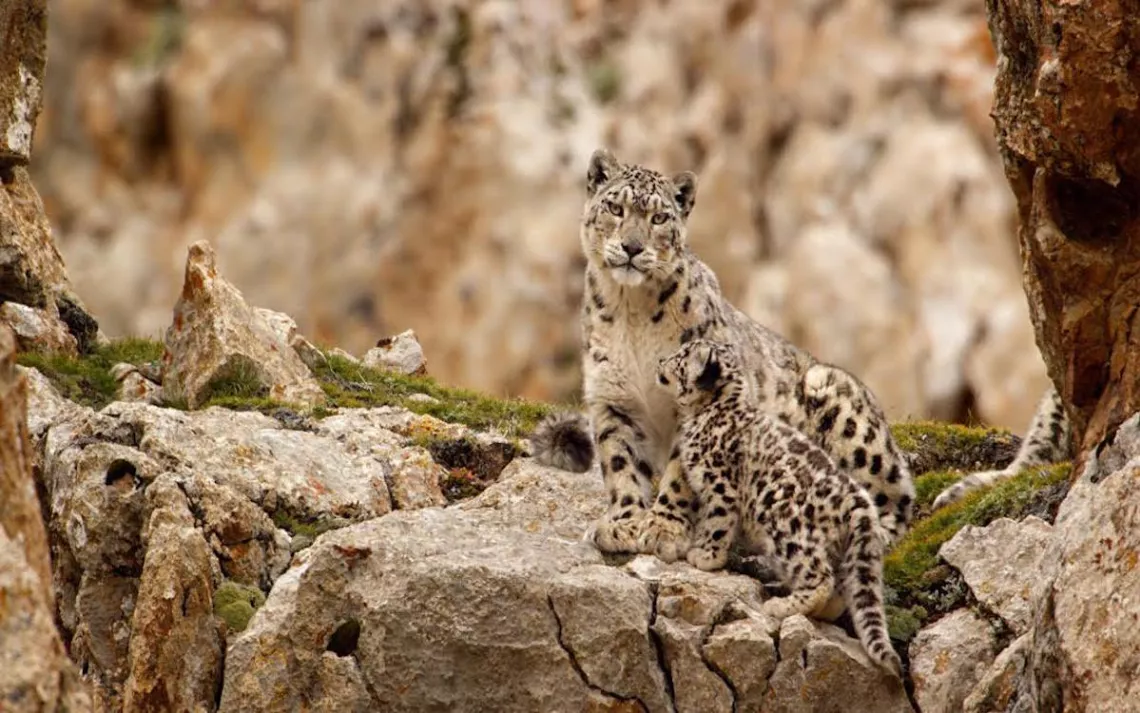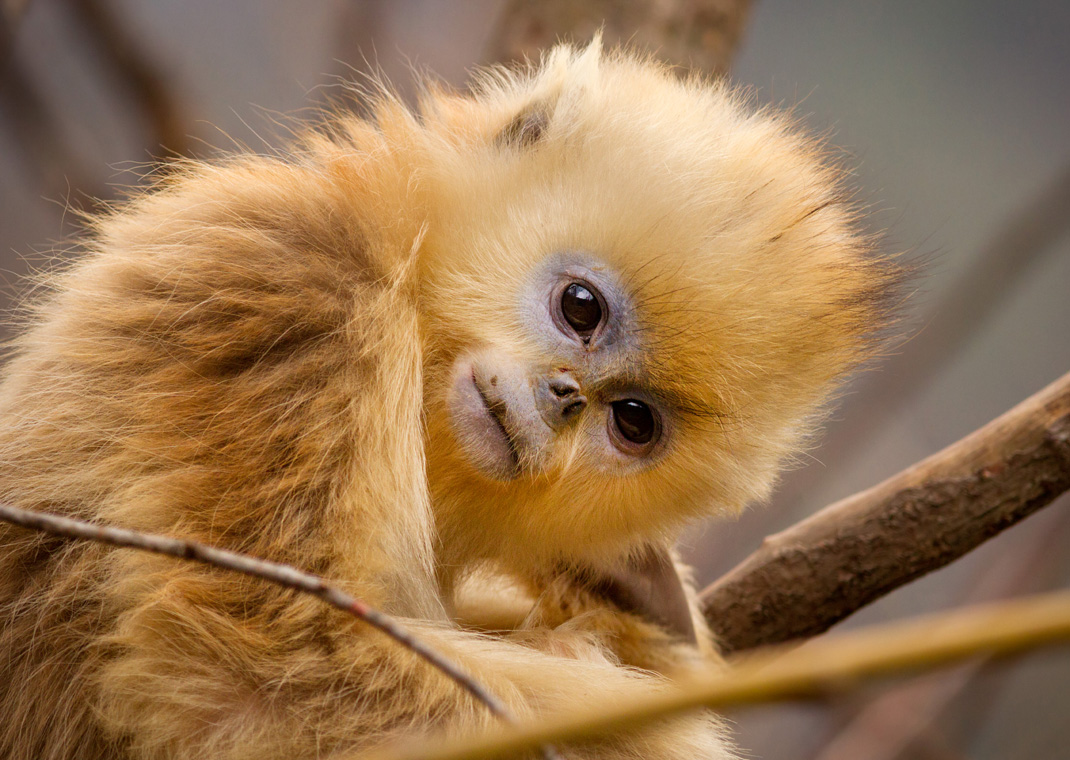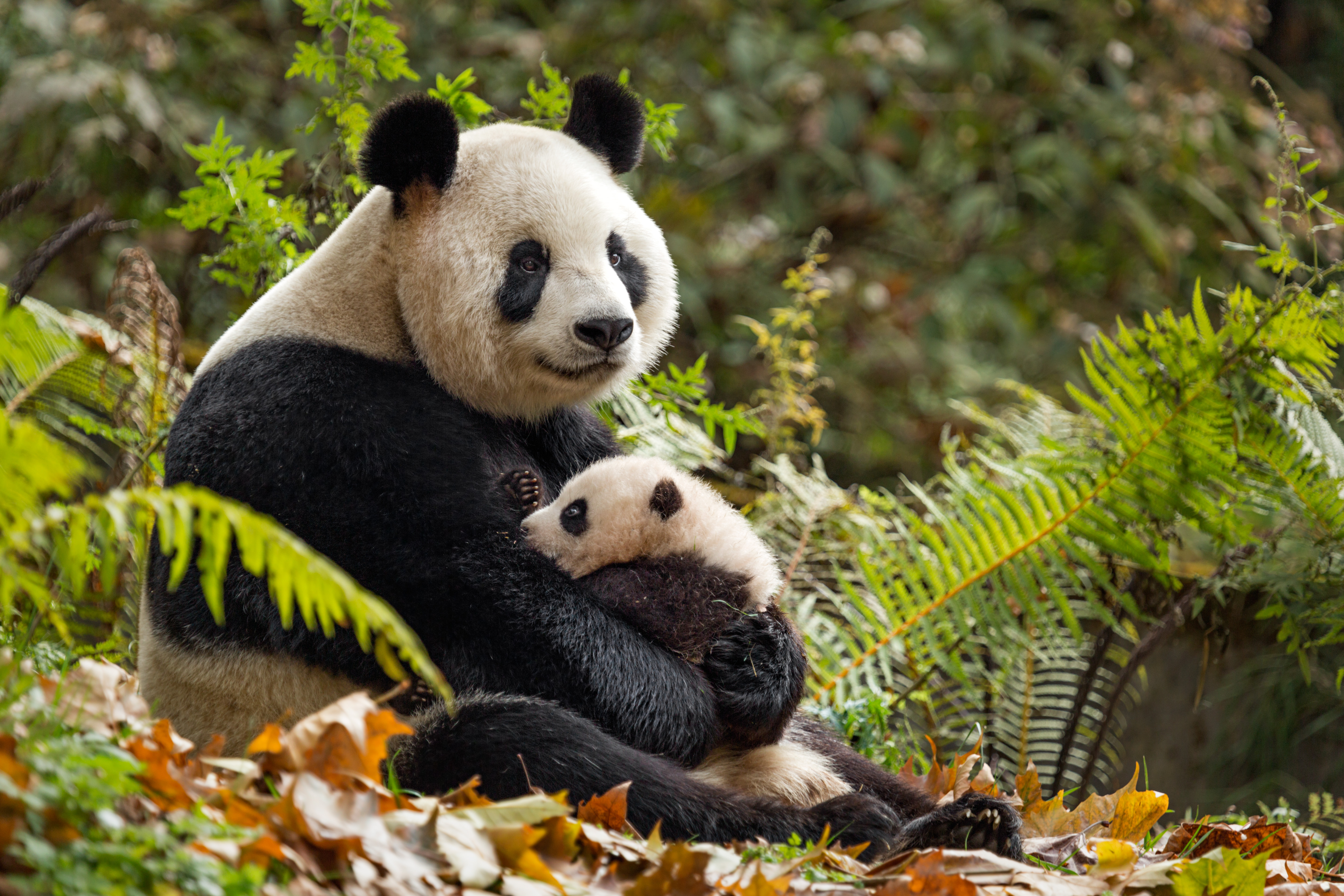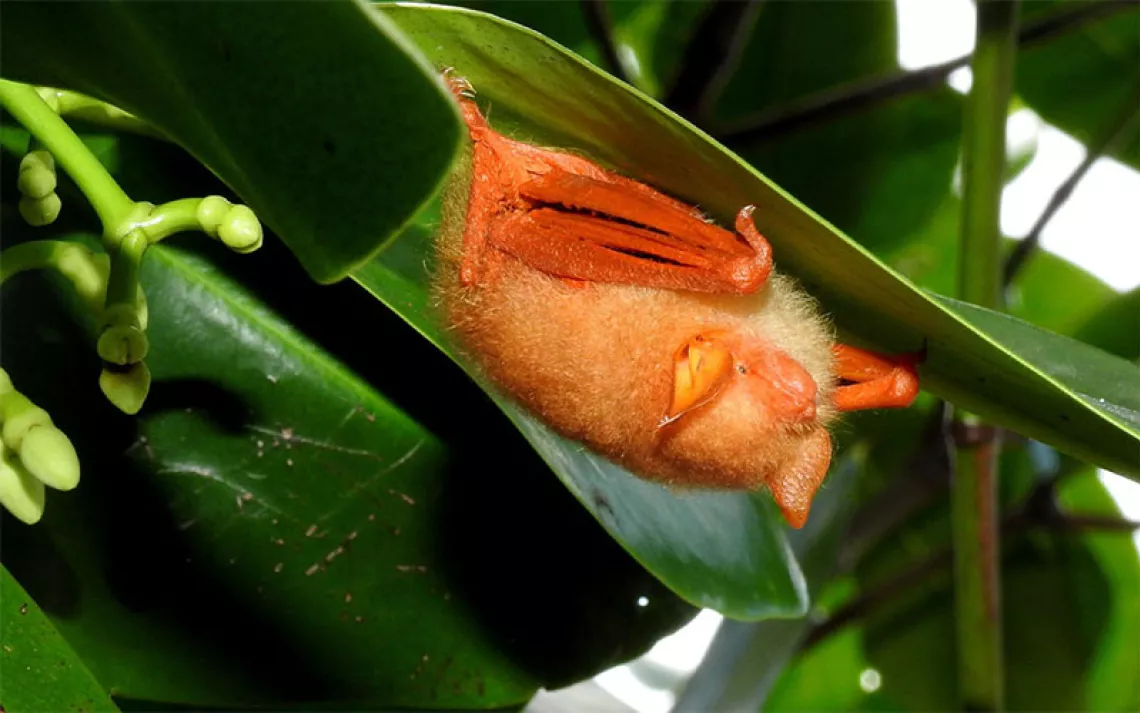Monkeys, and Leopards, and Pandas, Oh My!
Disney’s film Born in China reveals snow leopard cubs in the wild—and may help to protect them, too

Photos courtesy of Disney
Sitting indoors at the movies may not be the first Earth Day celebration on your schedule this weekend. But even if it’s the last, grab some popcorn and check out Disneynature’s Born in China, premiering in theaters today. The World Wildlife Fund will thank you.
The film follows panda Ya Ya and her newborn, Dawa the snow leopard and her cubs, and Tao Tao, the golden snubnose monkey through some of China’s most remote and breathtaking habitats. For every ticket purchased in the movie’s first week, $0.20 will be donated to the World Wildlife Fund.
“Since our very first Disneynature film in 2009, we’ve made a commitment to environmental organizations in the field around the subject matter of our film,” says Paul Baribault, vice president of Walt Disney Studios and head of Disneynature. Since the studio was founded in April 21, 2008, the day before Earth Day, its film division has worked to plant 3 million trees with the Nature Conservancy in Brazil’s Atlantic Forest, protect 35,000 acres of reef in the Bahamas, and donate more than 400,000 acres of protected land for bears to the National Park Foundation.
 With the release of Born in China, Disney has pledged a minimum of $100,000 to WWF, but Baribault notes that it’s just the beginning. “Ultimately, the goal is to have the largest possible audience, to effect the greatest impact. To be able to have [moviegoing families] talk about the conservation impact they’ve made in a place where they’ve never been and may never go—it's really powerful.”
With the release of Born in China, Disney has pledged a minimum of $100,000 to WWF, but Baribault notes that it’s just the beginning. “Ultimately, the goal is to have the largest possible audience, to effect the greatest impact. To be able to have [moviegoing families] talk about the conservation impact they’ve made in a place where they’ve never been and may never go—it's really powerful.”

The movie, directed by Lu Chuan and narrated by John Krasinski, star of The Office, marks the first time snow leopard cubs have been filmed in the wild. Filmed in the Qinghai province 15,000 feet above sea level, the film crew spent more than 260 days on the Tibetan plateau, the highest in the world, before capturing the first leopard on film. As a result, Disney holds the largest collection of snow leopard footage in the world.
“The film shows an authentic side of nature in China that global audiences haven’t seen before,” says Chuan. “These animals are metaphors—they give birth, like we do; they do their best to raise their cubs, like we do; they succeed, and they fail. Their drive to do what is best for their families resonates with all of us.”
Born in China’s filmmakers found their narrative in the field, without a script—they allowed the stars to tell their own stories. One of Disneynature’s core missions, Baribault notes, is to protect and preserve the animals’ livelihood without inflicting any stress when filming. In the case of Born in China, filmmakers also worked to maintain a storytelling voice that was true to its setting, including storylines with Chinese philosophies thousands of years old pertaining to wildlife.
Baribault, who has three daughters of his own, hopes that the film helps families experience environmental topics on a deeper level. “These are incredibly rare places people will never get to see otherwise,” he says. “I hope audiences feel blown away by seeing the beauty in China, which I think most people don’t know exists.”
 The Magazine of The Sierra Club
The Magazine of The Sierra Club



